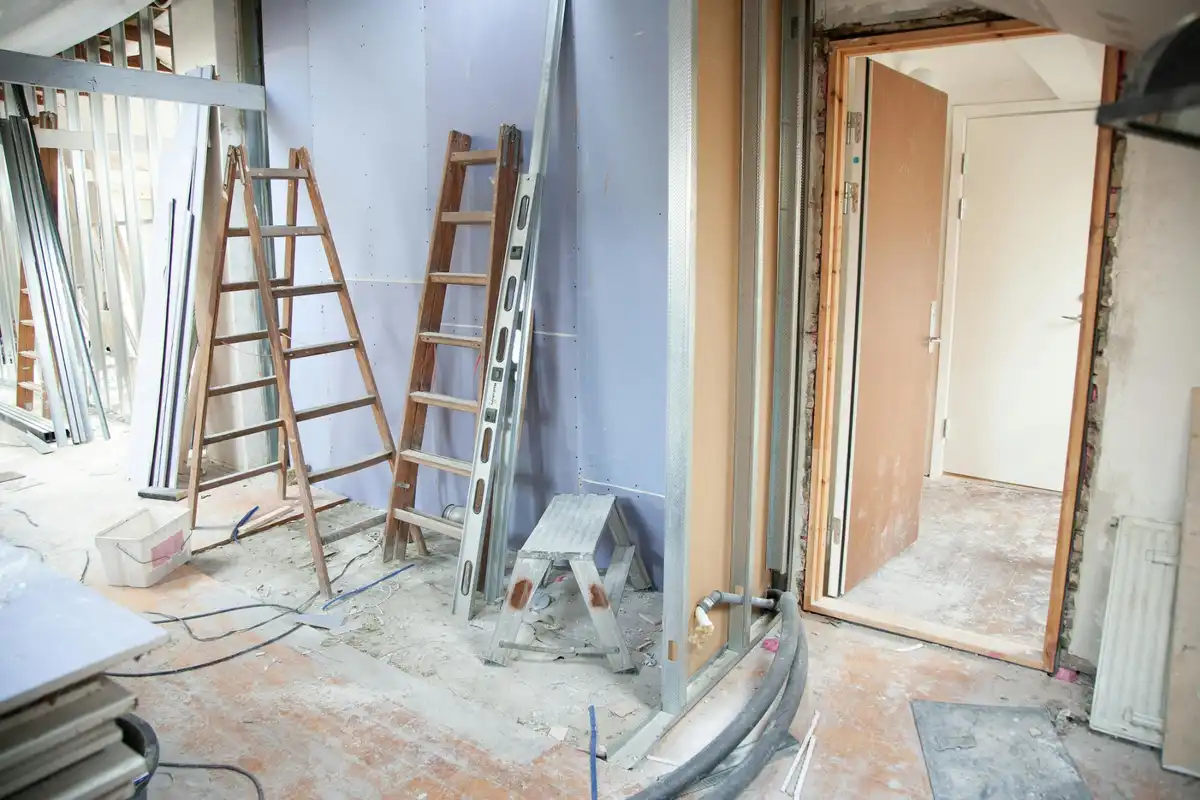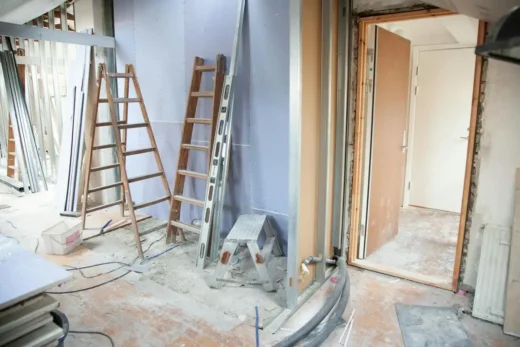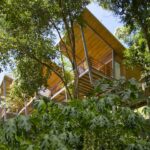The future of residential architecture: exploring new construction trends, Home design style
The Future of Residential Architecture: Exploring New Construction Trends
April 30, 2025
Residential architecture has always been a reflection of the society and time in which it is built. As technology evolves and environmental concerns become more pressing, the way homes are designed and constructed is undergoing significant transformations.
These shifts not only influence the aesthetics of new homes but also improve energy efficiency, sustainability, and functionality. Understanding the emerging trends in residential architecture can help homeowners and builders alike stay ahead of the curve. This article will examine some of the most significant trends influencing the future of residential architecture, from the use of sustainable materials to the integration of smart homes. For those seeking top-quality homes, consider construction services Gilroy, CA, where expert craftsmanship meets innovative design.
Sustainable and Energy-Efficient Design
Architecture now centers its primary focus on sustainability, especially within residential construction. Increasingly, homeowners are seeking both lower carbon emissions and energy-efficient homes to minimize their environmental impact. The rise of eco-friendly materials and better insulation technologie,s along with energy-efficient windows, has enabled homes to stay cooler during summer months and warmer during winter months. Construction builders currently integrate solar panels and wind turbines into their new building projects as renewable energy sources. The modern architectural approach designs residences that utilize natural resources and minimize waste while reducing energy requirements over extended periods of use.
The building industry now actively adopts sustainable construction materials as a significant emerging trend. Builders utilize recycled and repurposed materials, along with low-impact materials like bamboo and reclaimed wood, for their applications across flooring to exterior cladding. These sustainable building materials combine environmental benefits with distinctive visual appeal, which appeals to people who want environmentally friendly houses. Homebuilders, along with homebuyers now prioritize energy-efficient household appliances together with automated systems for managing energy consumption because these elements enhance both sustainability and decrease utility expenses.
Smart Homes and Technology Integration
The current direction in residential architecture involves designing new houses with integrated technological elements. Modern homeowners increasingly view smart homes as a standard feature, as these residential systems offer enhanced security and convenience, along with improved energy management. The contemporary residential space links various gadgets that users can manage through their smartphone devices to control lighting, heating systems, security measures, and appliances within the kitchen area.
Homes through the Internet of Things (IoT) evolution have become more intuitive, as they learn about occupant preferences and adjust accordingly. Smart thermostats operate by using occupancy data to modify temperatures, hence delivering comfort with reduced energy usage. Home security systems now feature advanced technologies, including facial recognition technology, motion sensors, and remote monitoring capabilities, which provide homeowners with enhanced security and peace of mind.
Minimalist and Multi-Functional Spaces
The rising demand for minimalist features, combined with spaces that serve multiple functions, characterizes contemporary residential architectural design. Residential property owners strive to maximize their limited interior space, as urban home sizes continue to decrease. Residents choose open floor plans with clean lines and neutral color schemes because these designs create spacious and well-lit environments within compact living spaces.
Designers now focus on flexibility by creating spaces that can easily adapt to different uses. The demand for adaptable furniture continues to grow most prominently in kitchen and living areas because of its ability to modify spaces according to usage needs. A dual-purpose home office that serves as a guest bedroom allows homeowners to maximize their restricted space while maintaining attractive design features.
The Rise of Biophilic Design
Residential architecture is showcasing an exciting new trend through the increasing popularity of biophilic design, which incorporates natural elements into built spaces. The concept of biophilic design establishes connections between outdoor and indoor spaces to transform nature into a fundamental aspect of home experiences. The living space achieves tranquility through the incorporation of water features, green walls, and indoor gardens, complemented by large windows that showcase stunning landscape views.
The core principle behind biophilic design is that natural environments help people feel better and experience reduced stress, leading to stronger mental health outcomes. People who want a balanced life now view nature integration in their homes as a way to create restful environments. The use of natural materials, including wood, stone, and clay in construction, produces an atmosphere of harmony which makes homes feel more inviting to residents.
Conclusion
The residential architectural landscape of the future will be shaped by three primary influences: sustainability, technological advancements, and the desire for natural integration. Modern homes function beyond basic dwelling spaces because they transform into sustainable, intelligent, and adaptable frameworks that improve human health. The homes of tomorrow will reflect our evolving values and needs through their integration of innovative technology, the implementation of efficient systems, and biophilic design features.
Comments on this The Future of Residential Architecture: Exploring New Construction Trends article are welcome.
American Architecture Designs
American Architectural Designs – recent selection from e-architect:
House Design
Residential Architecture
Comments / photos for the The Future of Residential Architecture: Exploring New Construction Trends page welcome.






